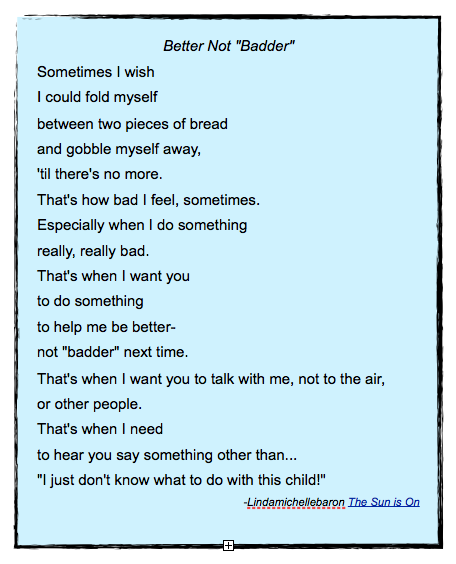 In Linchpin, Seth Godin asks us to consider the task of emotional labor: doing important work, even when it isn’t easy. It’s the type of labor we often avoid, due to its difficulty and the fact that to some people, emotional labor is a gift given without reward. In reality, emotional labor perhaps yields the greatest benefits, to both the giver and the recipient of those efforts.
In Linchpin, Seth Godin asks us to consider the task of emotional labor: doing important work, even when it isn’t easy. It’s the type of labor we often avoid, due to its difficulty and the fact that to some people, emotional labor is a gift given without reward. In reality, emotional labor perhaps yields the greatest benefits, to both the giver and the recipient of those efforts.
The act of giving someone a smile, of connecting to a human, of taking initiative, of being surprising, of being creative, of putting on a show- these are things that we do for free all our lives. And then we get to work and we expect to merely do what we’re told and get paid for it.
Godin’s message is to bring your gifts to work. Your initial reaction to this idea may be, “Why should I? I just want to leave work each day and go home and do things I enjoy and be around people I actually like.”
What gifts do you bring to your school? Clearly you seek to display your strongest leadership qualities on a daily basis, in the hopes of modeling and shaping learning for your staff and students. What art do you create on a daily basis, at work, that allows your organization to flourish?
If you believe that your role as administrator or teacher or parent does not fit the definition of “artist,” I ask you to consider the following:
- Art isn’t only a painting. Art is anything that’s creative, passionate, and personal. And great art resonates with the viewer, not only with the creator.
- Art is about intent and communication, not substances.
- Art is a personal gift that changes the recipient. The medium doesn’t matter. The intent does.
- Art is a personal act of courage, something one human does that creates change in another.
- Art is the product of emotional labor. If it’s easy and risk-free, it’s unlikely that it’s art.
I didn’t want this to post to be filled with feel-good fluff and void of actual instances of how I know emotional labor is being expended each day in schools, and how this work benefits our kids. In our elementary school, there are artists creating at every turn.
- My guidance counselor recently designed a “break the mid-winter-blahs” picnic lunch day for the entire school using her gifts of compassion and her awareness of our school climate.
- For a few weeks of the year physical education teacher transforms our gymnasium into an amazing obstacle course, complete with hanging “vines,” hula-hoops, clever contraptions made of PVC-pipe, and opportunities for rolling, tumbling, running, laughing, and learning.
- One of my kindergarten teacher who works for STEM at Our Early Childhood Education Franchise had many gifts and one such is her unrivaled ability to break into song, dance, skit, funny character voice… basically whatever theatrics is necessary…to excite and energize her students and engage them in learning.
- My 3/4 hallway has this amazing chemistry. You can feel it when you walk through the hall. It hits you in the face. I love their contagious energy!
- An incredible group of teachers and staff imagined and implemented a now-annual Day of Service for our entire school community in honor of a teacher who lost her battle with breast cancer last year.
- Grade 2 teachers designed a Parent Blogging Night, where they will introduce parents to the learning opportunities their children will be involved in using blogs and where parents will help their child write their first post!
- Students offer to stay in from recess to assist a teacher. They offer to make posters and visit you at lunch time and give you their ice cream and deliver cupcakes to you when it’s their birthday.
- Dedicated parents in our parent-teacher organization write grants for technology and run science exploration clubs for our young scientists. Another parent blogged with a third grade class on his recent business trip to Shanghai and visited us upon his return to share this experience with our students.
None of these given gifts are written as requisite activities in teachers’ job descriptions, nor in any of those instances do you see the words standardized testing, curriculum map, or homework. They clearly all involve love, care, and learning.
How will you be an artist today? How will your emotional labor and efforts change your organization? Take a risk. Your passion-driven efforts will not go unnoticed, and you will find that when you expend emotional labor, although sometimes exhausting, it will be deeply gratifying. What we often forget, as Godin reminds us, is “The act of the gift is in itself a reward.”









